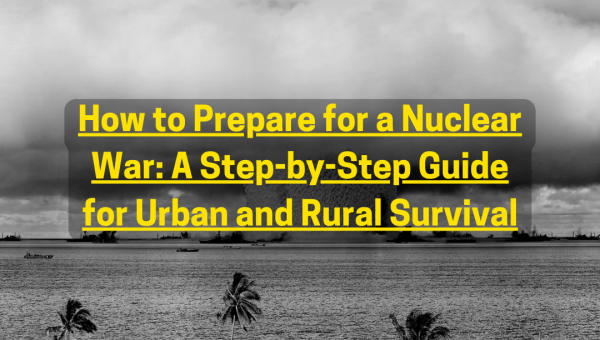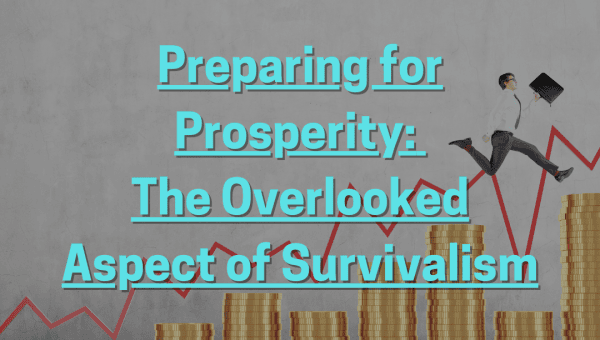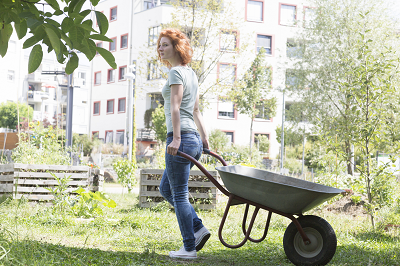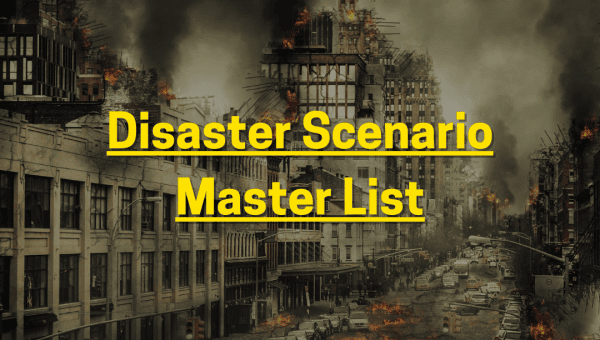Wildfires can spread quickly, leaving families with only minutes to evacuate. Whether you live in a suburban neighborhood, a rural forested area, or aboard a sailboat, having a clear evacuation plan can make all the difference. More than 26,000 people have already been displaced by wildfires in Saskatchewan in 2025, many with little more than the clothes on their backs. With the right preparation, you can avoid being caught off guard.
Make an Emergency Plan Before an Alert
Planning long before an evacuation order is issued is crucial. Every family member should know what to do, where to go, and how to reconnect if separated. Consider mobility needs, multiple escape routes, and responsibilities such as gathering pets.
For pet owners, designate someone to handle animals during an evacuation and consider using a pet alert decal on your window to notify emergency workers if pets are left inside.
Fireproof Your Home
If you live in a fire-prone area, reduce risk by "FireSmarting" your property. This means clearing debris and flammable materials close to your home, trimming branches, and ensuring propane tanks and other combustibles are stored safely. Even if a fire does not directly reach your house, embers carried by the wind can ignite vulnerable areas up to five kilometres away.





 Preppers, often associated with an intense focus on disaster scenarios, possess a unique skill set that extends beyond the realm of doomsday preparations. These survival skills, cultivated with the intent of navigating crises, can seamlessly integrate into everyday life, fostering self-sufficiency and resilience in a world that is continually evolving. By shifting the narrative from solely preparing for catastrophic events to embracing a lifestyle of preparedness, individuals can not only navigate potential challenges but also contribute positively to their well-being and independence.
Preppers, often associated with an intense focus on disaster scenarios, possess a unique skill set that extends beyond the realm of doomsday preparations. These survival skills, cultivated with the intent of navigating crises, can seamlessly integrate into everyday life, fostering self-sufficiency and resilience in a world that is continually evolving. By shifting the narrative from solely preparing for catastrophic events to embracing a lifestyle of preparedness, individuals can not only navigate potential challenges but also contribute positively to their well-being and independence.